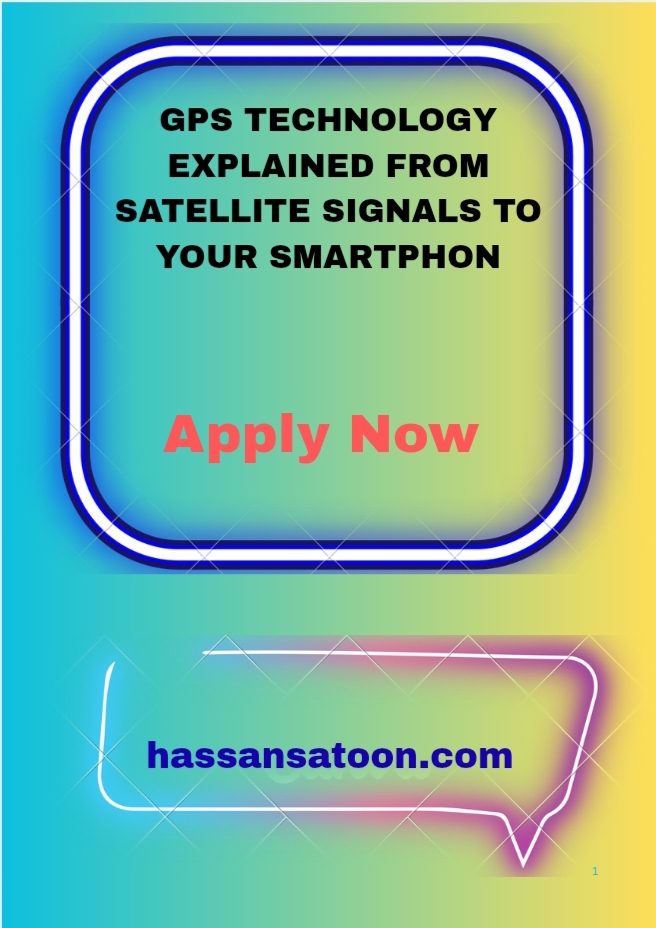GPS Technology Explained From Satellite Signals to Your Smartphon
Imagine navigating through a bustling city without getting lost or finding your way on a hiking trail in the wilderness with ease. This is all made possible by an incredible technology that many of us take for granted: GPS. The Global Positioning System has revolutionized how we travel, explore, and connect with the world around us. But have you ever wondered how it actually works? From signals beaming down from satellites to the user-friendly apps on our smartphones, GPS technology is a fascinating blend of science and innovation. Let’s dive into the intricacies of this amazing system and uncover how it guides us wherever we go.
Satellite Signals
At the heart of GPS technology are satellite signals. The Global Positioning System consists of a network of at least 24 satellites orbiting Earth, each stationed about 12,550 miles above us. These satellites continuously transmit radio signals containing information about their location and the precise time.
When you activate your GPS device or smartphone, it listens for these signals from multiple satellites simultaneously. By triangulating data from at least four different satellites, your device can determine your exact position with remarkable accuracy.
These signals travel at the speed of light but can still be affected by obstacles like tall buildings or dense forests. This is why clear skies often yield better navigation experiences. Every signal matters; even slight delays can impact positioning results, highlighting how vital precision is in this intricate system.
GPS Technology Explained
GPS technology is a marvel of modern engineering. At its core, it relies on a network of satellites orbiting the Earth. These satellites continuously transmit signals down to our planet.
When you use GPS on your smartphone or device, it picks up these signals from multiple satellites. By calculating the time it takes for each signal to reach your device, GPS can pinpoint your exact location within meters.
But that’s just part of the story. The system also incorporates ground stations that monitor satellite health and ensure accuracy. This intricate dance between space and earth allows us to navigate with ease.
From driving directions to outdoor adventures, GPS has transformed how we interact with our surroundings. It’s more than just navigation; it’s about connecting people in real-time across vast distances. Understanding this technology opens up a world of possibilities for everyday life.
